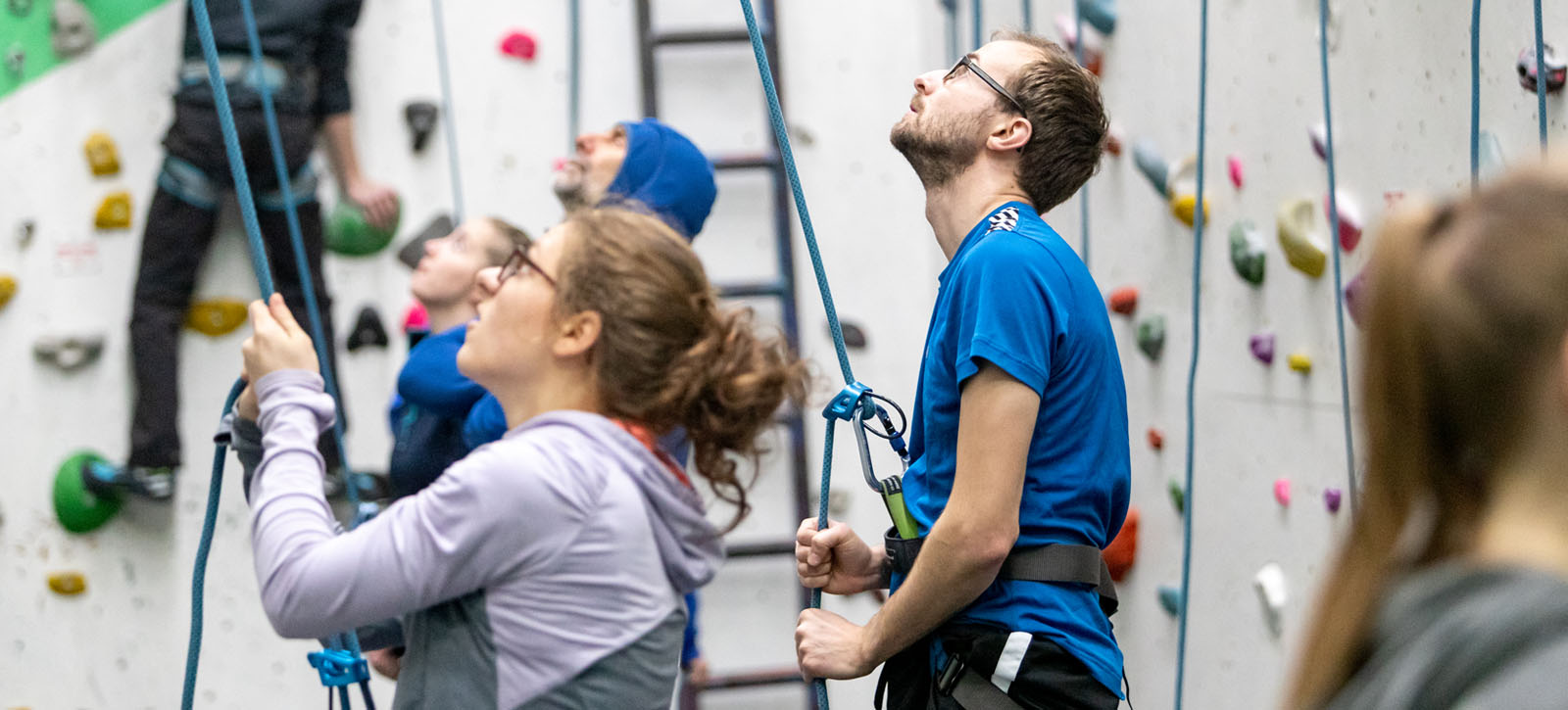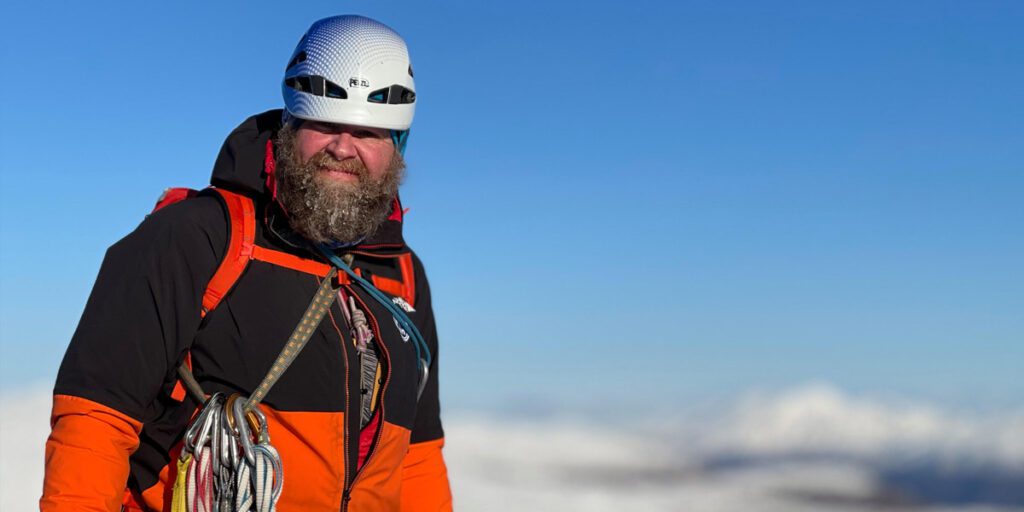01.03.21
The secrets of safer belaying
As part of our series looking at climbing safety, we hosted an illuminating online event with climbing trainer and mountain instructor Al Halewood.
Watch event online
On Thu 25 March, 246 people attended our live event. You can watch the full 1hr seminar below. If we did not get time to answer your question, feel free to email Sam. This session does assume that you are a climber with some experience. If you feel that the content is too advanced but you are interested in learning more, speak to our coaches in centres or enquire via the links below.
About the event
THE SECRETS OF SAFER BELAYING
The less glamorous side of climbing is often overlooked. Belaying is so much more than the sequence of moves you may have learned during an induction at the wall or from your friend. We discuss the pros and cons of different devices, skill-fade, why accidents happen and what you can do to avoid them, including practical ideas for practising and improving your belaying safely. Get insights into how to understand and use your equipment correctly – have you ever checked the rope or carabiner sizes that work best with your device? This event was hosted by Sam Mitchell – TCA’s Chief Instructor.
Top takeaways
Beware the myth of the auto-locking belay device
There is no such thing as a device that does all the work for you. It is imperative that you always keep hold of the dead end of the rope.
Match your device to the correct rope size
Did you know that your device works within a recommended range of rope sizes? The sweet spot will be the diameter in the middle. Be wary of thin ropes, paired with fast/slick devices such as the Black Diamond ATC. Consider a slower device such as a Black Diamond ATC XP or a DMM Beetle etc.
Are you using the right carabiner?
Did you know that the shape of the carabiner may affect the performance of your belay device? If you use the wrong-shaped carabiner with an assisted braking device that relies on its geometry, it won’t deliver the same performance. For example: if you use a click-up or a BD pilot, be careful to match it with the recommended carabiner.
Do the research
Improve your knowledge by watching instructional videos online from manufacturers.
Minimise distractions
Every new element in your surroundings could be a critical distraction. Work through a regular set of checks before you climb and avoid talking to others around you. Try to mimic the “sterile cockpit” set up.
Agree communication
Sticking to agreed terms (such as “on belay, climb when ready”, “safe” etc) will minimise the chance of miscommunication and accidents.
Even experts make mistakes
Buddy checks are essential, no matter who you are climbing with. Even check your instructors. Anyone could make it to the top of a climb and realise their knot is wrong.
Get to know other devices
If your climbing partner comes in with a new device one day, why not familiarise yourself with it? There is a wealth of information available online. It will also help you to spot incorrect use and keep others safe.
Practise on the ground
If you’re new to lead belaying and want to practise catching safely, you can feed a rope through the 1st or 2nd clip and have your partner pull on the rope from the ground. Watch the video for more detailed instructions on various exercises.
Watch the video
Pick two focus points from the talk that you know you can improve on and work them into your regular climbing sessions?
Book coaching
No matter how experienced you are, if you want to spend some time improving your belaying or any other climbing skill, book a personal coaching session. See below.
Want more advice?
Al wrote a great article for DMM about getting ready to get back on rock. Read ‘Ready for Rock‘.
The speaker
ABOUT AL HALEWOOD
Al Halewood is a Fort William based Mountaineering Instructor. He was a manager of the Glasgow Climbing Centre many moons ago and was the first Manager at the Ice Factor in Kinlochleven. Now he teaches climbing and mountaineering year round, indoors and outside, and also works on the full range of Mountain Training climbing qualifications including the coaching awards. He has a long involvement with the Association of British Climbing walls and is a technical expert and coach for NICAS. This experience puts him in a good position to provide technical advice to climbing centre operators and Climb Scotland. For fun, he likes to climb new routes in Scotland and unclimbed peaks as far apart as Greenland and Afghanistan, Antarctica and Namibia. At home, he likes to introduce his 2 children to the outdoors or geek out learning about how people learn.
Get back on track
Refresh your skills with coaching
When our centres reopen there are a number of ways that you could brush up on your belaying knowledge and practice the practical tips we share in this talk. Visit The Church or The Prop Store pages for info on local courses or make an enquiry about personal coaching in Bristol or Glasgow. Even just 1hr with a professional coach could improve your skills and confidence.
Email us on bristolcoaching@theclimbingacademy.com or glasgowcoach@theclimbingacademy.com.
Our friends at Climb Scotland are planning to roll out Better Belaying courses when centres reopen. We will share information about this when available.
If you are looking for instruction or guiding around Fort William in Scotland, you can find out more about his services and contact Al Halewod via his website.
OTHER FREE ONLINE EVENTS
You may also be interested in:
Rewatch our exclusive Q&A with Hazel Findlay on mindset and managing anxiety
Finding the positive: The psychology of climbing
Thu 15 April 2021, 7.30pm
Let’s go outside with Trev Massiah




